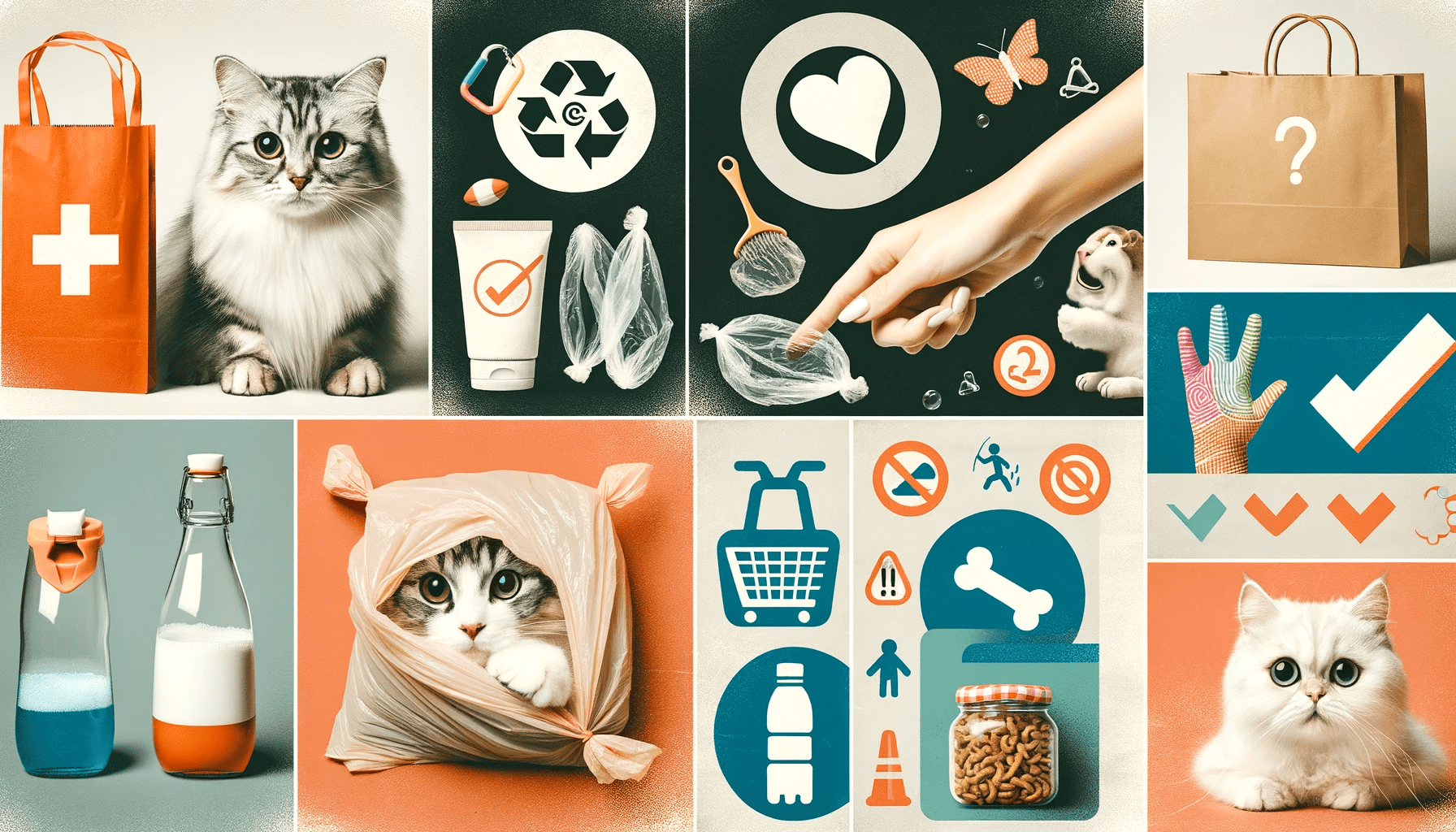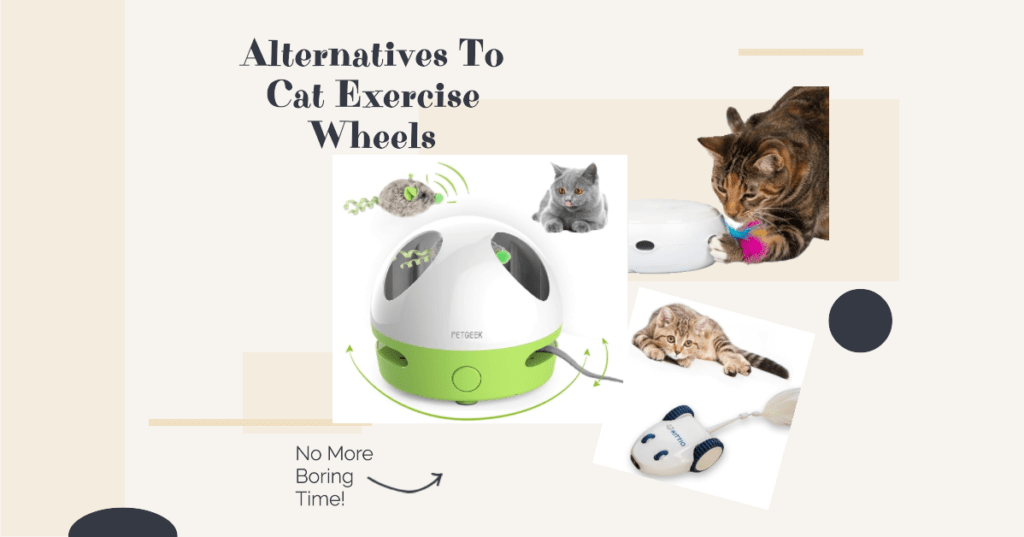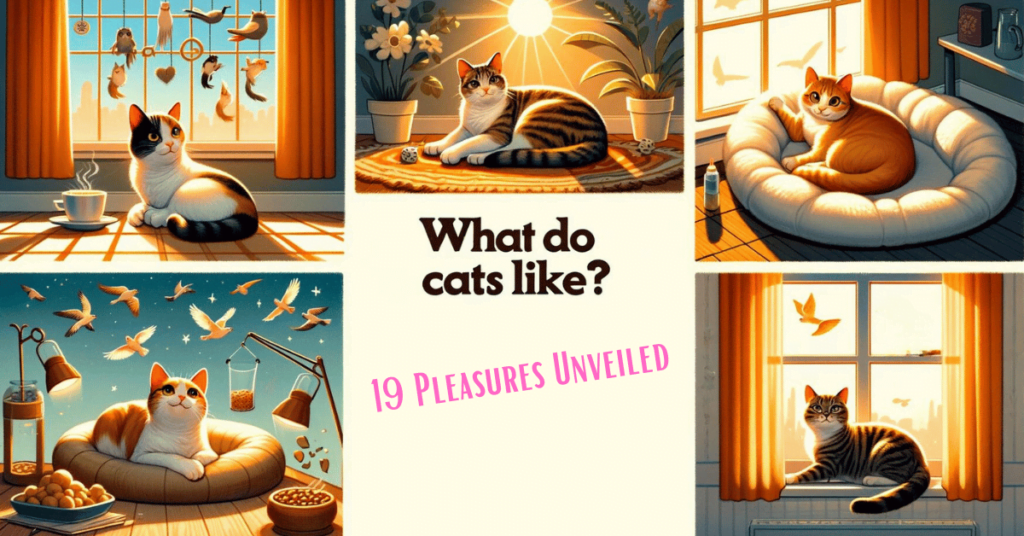Introduction
Have you ever wondered why do cats like plastic bags?. It’s a sight as common as it is curious – our sophisticated, tech-savvy homes graced by cats who seem mesmerized by something as mundane as a grocery bag.
This quirky behavior leaves many cat parents scratching their heads in bewilderment. Is it the crinkly sound that mimics the rustling leaves of the savanna, or perhaps the shiny, sleek texture that appeals to their refined feline senses?
In this article, we’re diving tail-first into the enigmatic world of cats and their plastic bag fascination. We’ll unravel nine purr-plexing reasons, backed by expert insights, that might explain this peculiar penchant.
Why Do Cats Like Plastic Bags?: Key Takeaways
For those in a hurry, here’s a whisker-sized summary on why cats are smitten with plastic bags. Hang tight for the nitty-gritty on keeping your curious kitties safe and amused! 🐾💼
In a Flash: Why Cats Love Plastic Bags?: Cats are enamored with plastic bags due to their crinkling sound, unique texture, various scents, and visual appeal. These bags also respond to their temperature senses and provide spaces for instinctual behaviors like hiding and pouncing. However, some cats may chew plastic due to pica, nutritional needs, or boredom.
Caution Ahead: The Dangers of Plastic Bags: Plastic bags can be hazardous for cats, leading to choking, blockages, and suffocation, especially if chewed or tangled in.
Safety First: Protecting Your Cat: To keep your cat safe, supervise their interactions with plastic, store bags away, opt for safer alternatives, prevent boredom with toys, dispose of bags securely, maintain proper nutrition, and provide safe chewing options.
Bottom Line: Cats’ attraction to plastic bags stems from various sensory and instinctual triggers, but these items carry risks. Ensuring their safety involves careful management, offering alternative activities, and maintaining a stimulating environment.
Why Do Cats Like Plastic Bags?: Detailed Version
1. The Crinkle Craze: Plastic Bags Echo Nature’s Sounds
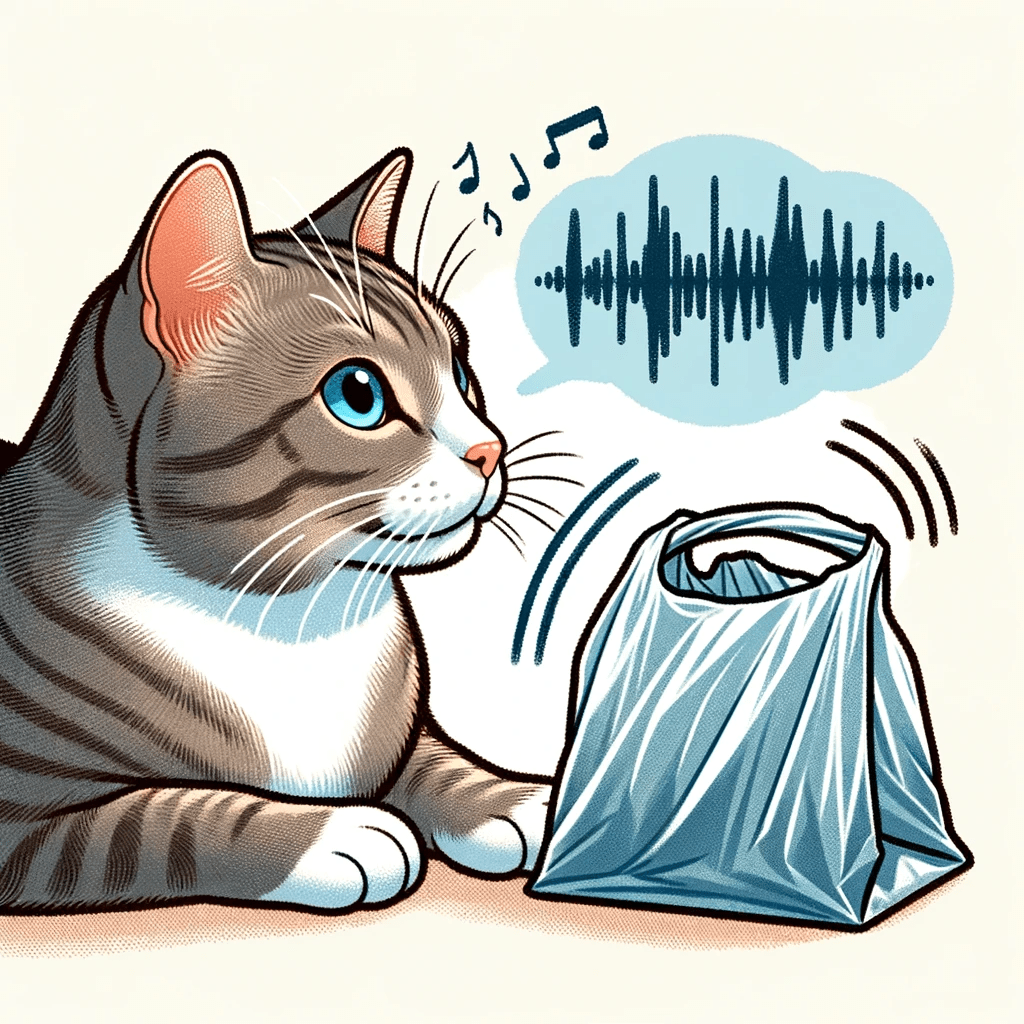
The mysterious allure of a plastic bag’s crinkle may not be so mysterious after all. According to animal behaviorists, this fascination is deeply rooted in a cat’s primal instincts. The crinkle of a plastic bag echoes the sounds of rustling leaves or scuttling prey, triggering an instinctual response in our feline friends. It’s like nature’s symphony being replayed in an urban setting, where domesticated surroundings meet the wild heart of a hunter. This auditory stimulus can turn a lazy afternoon into a thrilling hunt, no actual wildlife required.
2. Texture Fascination: The Sensory Appeal of Plastic Bags
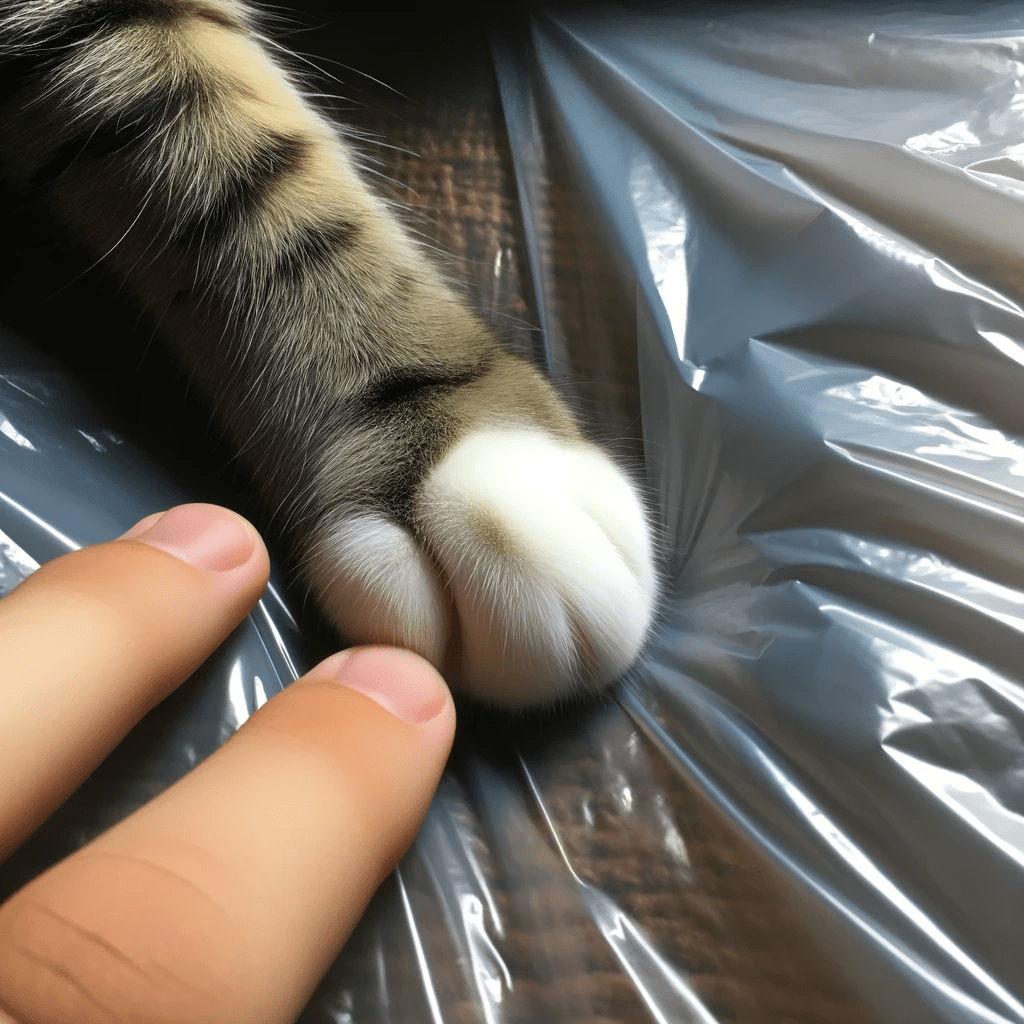
Moving from sound to touch, the texture of plastic bags presents another layer of fascination. Cats, creatures of varied sensory experiences, find the smooth, sometimes slippery surface of plastic intriguing. This texture contrasts sharply with their usual haunts – soft cushions, warm laps, and the occasional cardboard box. For cats, the texture of plastic offers something different from the usual textures they encounter, making it an irresistible exploration ground.
3. Scent Secrets of Plastic: The Familiar and the Foreign
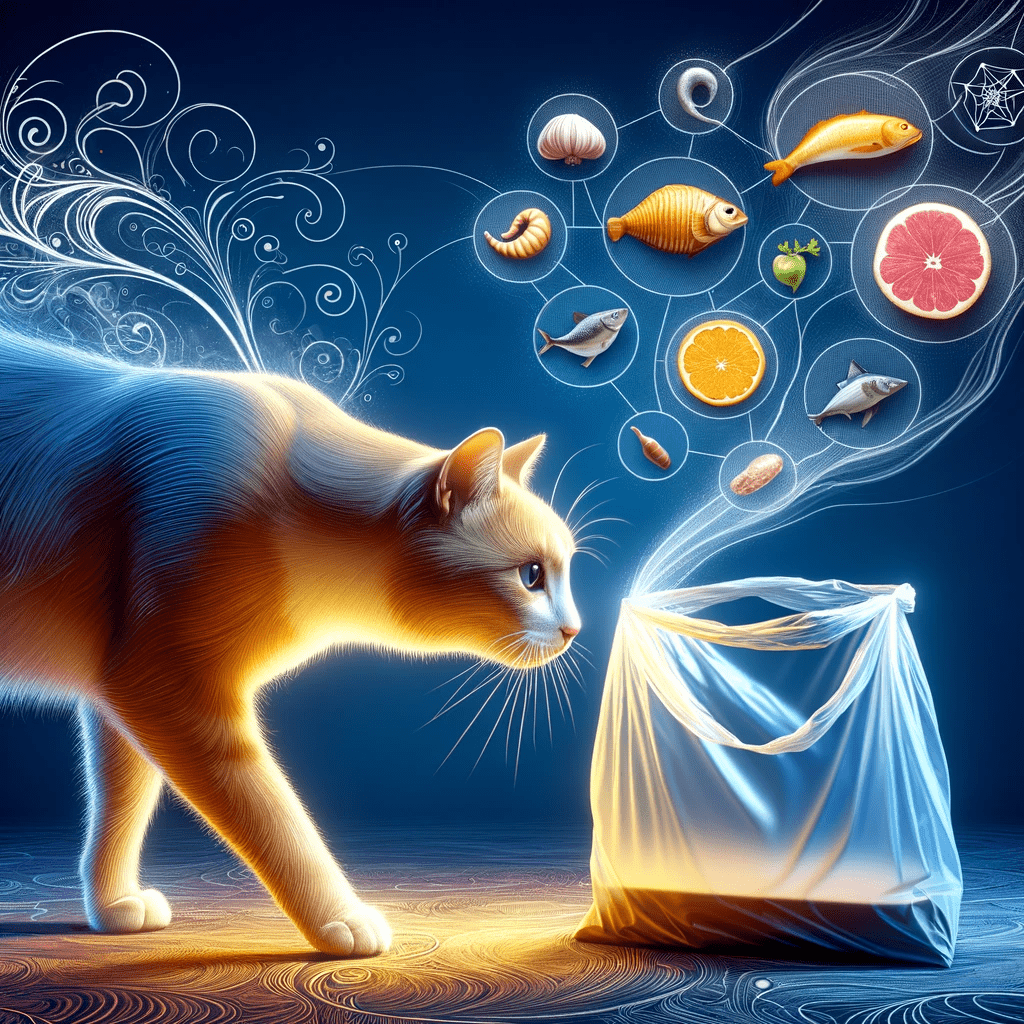
What’s that smell? It’s not just your groceries; it’s an olfactory fiesta for your cat!
Plastic bags carry the scent tales of their contents and manufacturing journey. Imagine then the enticing aromas of meats, veggies, or even the faint trace of the store itself clinging to the plastic.
But wait, there’s more. Some plastic bags are infused with animal byproducts like tallow, fish oils, or scales during production. This not only helps bags to separate easily but also adds a subtle, tantalizing scent that’s almost irresistible to our feline detectives.
4. The Visual Allure of Plastic to Cats
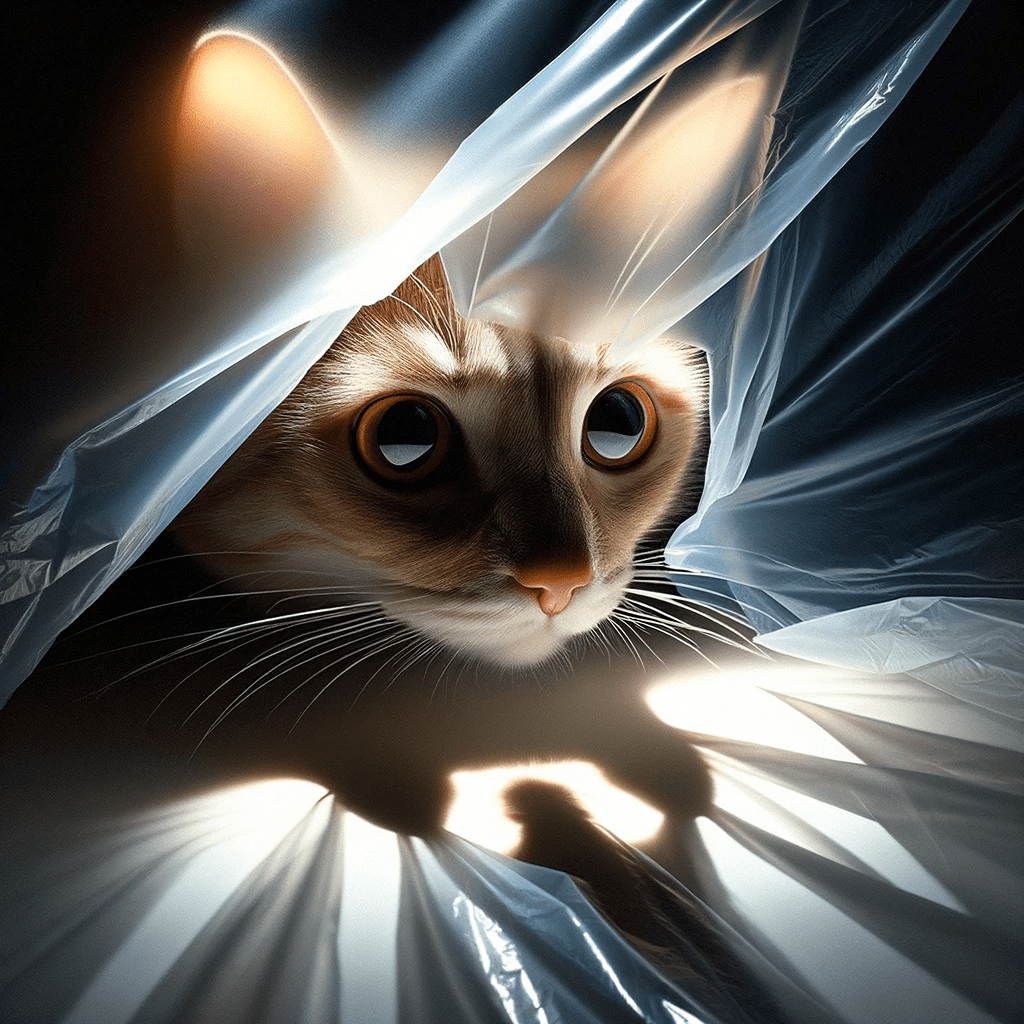
Cats are visually drawn to the semi-transparency of plastic bags. This feature taps into their instinctual hunting behavior. In nature, predators like cats rely heavily on their ability to detect movement, and the semi-transparent nature of plastic bags creates intriguing shadows and movements. This stimulates their predatory instincts, making a seemingly mundane plastic bag an object of great interest and investigation.
5. Temperature: A Unique Sensory Experience
Plastic absorbs the room’s temperature, becoming cool or warm to the touch. This change in temperature offers a different tactile experience for cats, distinct from their usual surroundings. They are often attracted to these sensations, choosing to sit on or interact with plastic bags to enjoy these simple yet appealing sensory changes.
6. Safety and Security: Hiding and Ambushing
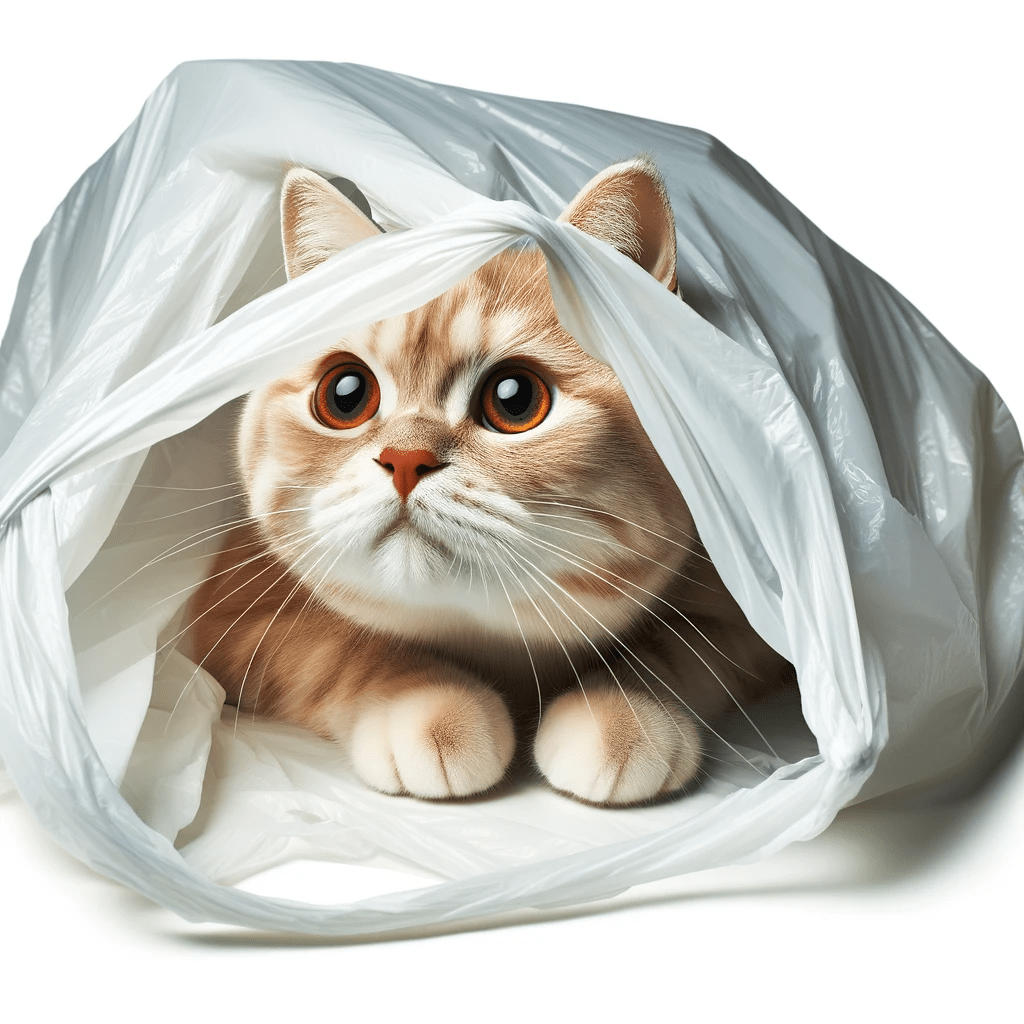
Plastic bags also serve as practical spots for cats to hide and plan ambushes. The flexible shape of the bags make them ideal for these playful behaviors. This aligns with their natural instinct to stalk and pounce, reminiscent of their wild ancestors. Using plastic bags for such activities in a home environment provides essential mental stimulation and fulfills their inherent predatory urges.
7. Pica: A Baffling Behavioral Quirk
Pica in cats is a behavioral condition where they eat non-food items, including plastic. This unusual behavior can stem from various causes, such as nutritional deficiencies, boredom, or even genetic predisposition. Cats with pica may chew on or ingest plastic, which can pose health risks. Understanding this condition is crucial for cat owners to ensure their pets’ safety and well-being.
8. Nutritional Needs and Nibbling
If you’ve ever thought, why does my cat lick plastic bags?, it might be a sign of nutritional imbalance. Cats might chew on plastic as an instinctive response to hunger or a lack of certain nutrients in their diet.
9. Battling Boredom: The Need for Stimulation and Play
Boredom can be a significant factor in why cats turn to plastic bags for entertainment. Cats are naturally curious and a lack of regular playtime or the absence of engaging toys can lead them to find alternatives, like licking or chewing on plastic bags.
It’s crucial to keep our feline friends entertained and mentally stimulated. Introducing cat gadgets, such as cat exercise wheels, interactive toys, or puzzle feeders, can significantly reduce boredom-induced behaviors. These gadgets not only provide essential physical exercise but also offer mental stimulation, mimicking the challenges they would encounter in the wild.
The Perils of Plastic for Cats
Here’s the lowdown on why plastic bags and cats are a mix we need to monitor. Sure, these bags can seem like fun and games, but there’s more to this story.
Cats have these nifty little hooks on their tongues, perfect for their self-grooming sessions. But, when it comes to plastic, these hooks can be a bit of a double-edged sword. If your curious kitty starts to lick or chew on plastic, they might end up swallowing pieces of it. This can lead to some not-so-fun vet visits due to choking hazards or digestive blockages.
And let’s talk about the hide-and-seek game with plastic bags. It might seem cute, but if a cat gets too wrapped up in it (literally), it can lead to suffocation risks. So, as much as they love exploring these crinkly caves, it’s a game better left unplayed.
Keeping Your Cat Safe and Sound from Plastic
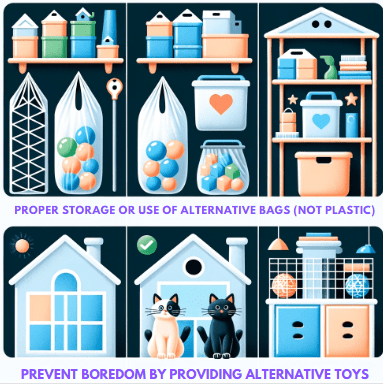
- Supervision is Key: Just like you’d keep an eye on a small child, do the same with your cat when plastic bags are around. It’s all about being proactive to keep them out of mischief.
- Proper Storage: Treat plastic bags like you would any item that’s not cat-friendly. Store them high up or locked away, and don’t forget about those everyday items like mail envelopes — out of sight, out of mind (and mouth).
- Alternative Bags: When shopping, go for paper or cloth bags. They’re not just eco-friendly, but also cat-friendly.
- Prevent Boredom: Keep your cat entertained and curious with toys and a cat desk bed – a perfect spot for both play and relaxation right in your workspace.
- Communicate Concern: Make sure everyone in your home, including guests and pet sitters, knows the drill about plastic bags. A little heads-up can go a long way in keeping your cat safe.
- Quality Food: Good nutrition is key. Ensure your cat’s diet meets the AAFCO standards, providing all the essential nutrients for a happy, healthy life.
- Safe Alternatives for Chewing: If your cat loves to chew, steer them towards safer options like Inaba Ciao Churu Treats or vet-approved dental chews. It’s about redirecting their chewing instincts to something beneficial.
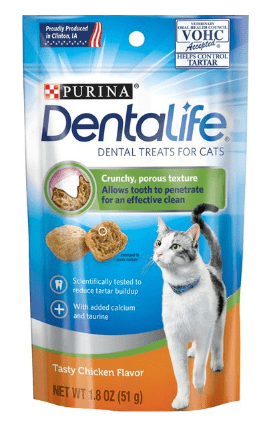
Wrapping It Up: A Pawsitive Note on Feline Safety
We’ve explored various intriguing reasons on why do cats like plastic bags, from their crinkle and texture to the scents and instinctual behaviors.
And, importantly, we’ve addressed how to navigate the potential perils. Remember, a little awareness and proactive cat-proofing can make a world of difference in keeping our whiskered friends both happy and healthy.
So, next time you see your cat eyeing that plastic bag, consider it a prompt to engage them with a safer, more stimulating alternative. Whether it’s a new toy, a game, or just some quality time together, let’s ensure our homes are not just cat-friendly, but cat-safe too.
Frequently Asked Questions
1. Should I let my cat play with plastic bags?
Absolutely not, plastic bags can pose choking hazards or lead to intestinal blockages. Stick to techy toys that beep and boop safely instead.
2. Why do cats like to lay on paper and plastic bags?
Cats are sensory connoisseurs, and laying on paper and plastic bags tickles their tactile and auditory senses. These materials hold onto warmth, creating a cozy spot, while the crinkling noise adds an intriguing sound effect to their lounging experience
3. How do I know if my cat has pica?
If your cat is consistently chomping on non-food items—think plastic, fabric, or even your favorite earbuds—it might be more than just a curious taste test. Continuous, compulsive munching on inedible objects is the main signal your companion might have pica.
Meet Sean, a fintech whiz with a penchant for pet purrs and blockchain buzz. After a decade of fintech feats, Sean’s tech talents leaped from ledger lines to litter lines, driven by a passion for pets and a vision for a more connected pet care community. With three critter companions as co-pilots, Sean launched this blog to share a treasury of pet-friendly tech tips and tales.

